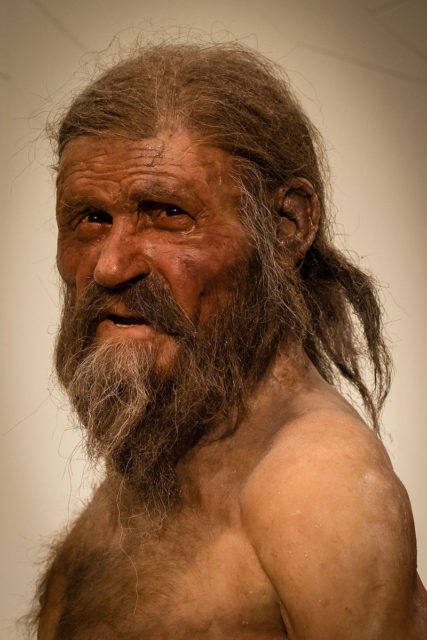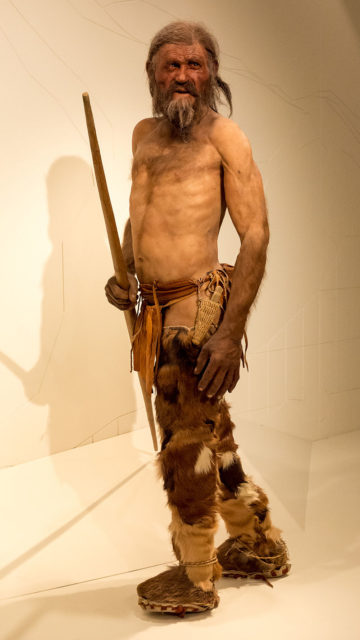Over the past few years there have been remains found across the world; whether they’re remains of humans or animals, they are equally important. They help scientists study what life was like thousands of years ago and possibly why these animals or humans died when they did.
However, why do scientists and researchers get to have all the fun looking at the mummies? Why can’t the public view the actual remains? Aside from only certain museums being able to display mummies, the remains are so fragile they most likely couldn’t endure a worldwide museum tour. Thankfully, 3D artists have come up with a full-scale model of a frozen caveman mummy so that it can travel to the United States.
The 5,000-year-old mummy has been given the name Otzi. Scientists and artists working together will produce a life-size scale of Otzi. Scientists provided a 3D printed copy of the mummified body of Otzi, who was found in the Alps almost 25 years ago.

CT scans that had already been taken were used to make the resin replica. From there, artists sculpted and hand-painted the rest of the model. The lucky artist who had the honor of creating this was United States artist Gary Staab. After months of working on it, the first photos of the replica are able to be shown.
The South Tyrol Museum of Archaeology in Bozano, Italy, where Otzi stays, said that the hardest part of the replication was the reconstruction of his hands. That is because their image was not caught on the CT scans that were taken.
There were three replicas made so that they could travel to three different museums at the same time. One of the replicas will travel to the United States and Canada, starting in the North Carolina Museum of Natural Science in Raleigh. The second and third replicas will be used for teaching at the Cold Spring Harbor DNA Learning Center in New York (DNALC).
When Otzi’s body was found, it became a worldwide sensation. His remains were found in the Otztal Alps in southern Austria by hikers in 1991. He had been preserved in that ice since the Stone Age.

The mummy was found fully clothed along with equipment that had included an ax and a backpack at the little site he had made. Not only that, but the full contents of his stomach were preserved as well. After examining the body, scientists were able to harvest DNA, and they found 61 tattoos on his body. This allowed scientists to study what it was like to live in the Stone Age.

Sadly, the man had been murdered. He was killed by an arrow and died around the age of 45-years old. He was five foot three inches tall and weighed 110 pounds. He had brown eyes and was even lactose intolerant.
The final 3D version of the mummy does have some parts missing, like a couple of its ribs. Another issue, as stated above, was the reconstruction of his hands, since workers didn’t have anything to work from on the previous scans.

The first scanned images were turned into a virtual 3D model, which was then printed out and processed with Staab’s special artistry. Staab told reporters that a news station had process-segmented the whole remodel of the mummy. He added that he was then able to add more details over the top of the print.
However, there were issues that started turning up after the printing was done. One of the engineers on the project, Eric Renteria, explained that when he tried putting the man back together from the scanned pieces, they didn’t fit together or really match well. He added that he did some research about the mummy’s total height and weight and compared that to the total length of the pieces he had reconstructed. When he saw the mismatch he moved the head into the correct location, which revealed a gap and alerted the team to the missing pieces.
